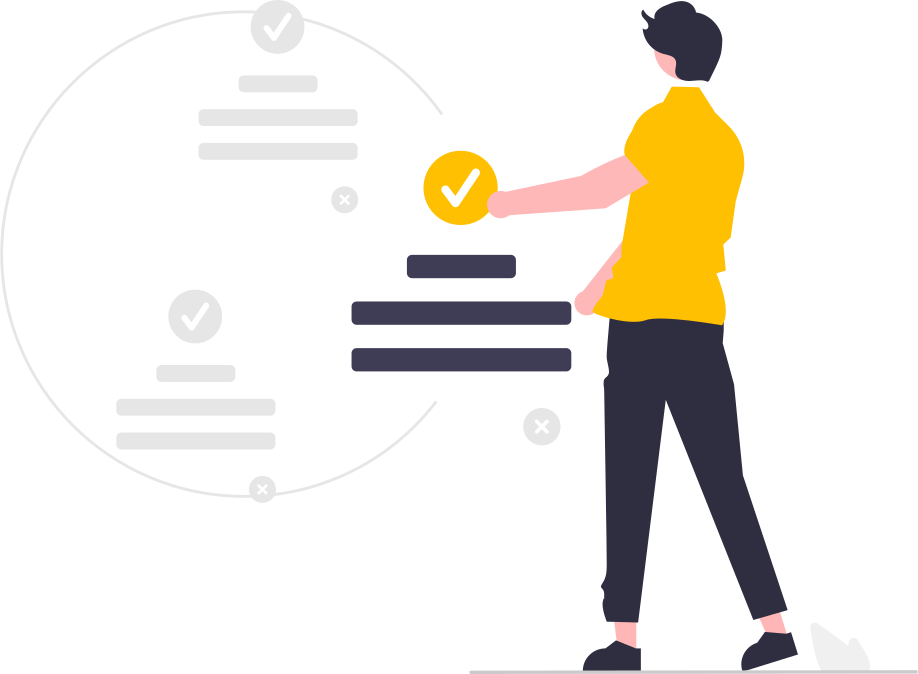Distributed systems
Fully exploit the possibilities of cloud technology.
The idea of distributed applications is not new. The basic concept is to decompose applications into collections of independent, loosely coupled components, each with clearly defined business functions that all communicate with each other.
This approach enables the benefits of the cloud to be fully exploited and the new opportunities to be used more intensively than can be the case with monolithic architectures. The main advantages over monolithic software architectures are that individual components can be replaced quickly and easily (rapid response to new customer requirements). In addition, modern cloud infrastructures provide very efficient options for targeted scalability and deployment of the individual components.
The broader adoption of distributed applications is also based on the increasing prevalence of container technologies. Containers simplify the packaging and deployment of even the smallest components by orders of magnitude compared to classic approaches. Containers, on the one hand, take the complexity out of the deployment itself. On the other hand, concepts such as Continuous Integration and Continuous Deployment are used to control the development and delivery process of even many components simply and efficiently.
Proper use of distributed application architectures is key to responding quickly to changing customer requirements. It ensures that you leverage all the capabilities of cloud technology to guarantee the availability of your services.

Event Handling
and Data Streaming
Real-time decisions are the basis for quick directional decisions.
The use of distributed architectures and applications means that many small components must communicate with each other in order to fulfill a business function in the overall context. Data streaming platforms, such as Apache Kafka, act as the central nervous system for all such data streams in networked, decentralized environments. Information is considered an “event” that can be received by multiple recipients or applications. The possible applications are almost unlimited.
In the context of cloud computing and the Internet of Things (IoT), there is growing interest in analyzing data from streaming sources to make data-driven decisions in real time. To facilitate the need for real-time analytics from disparate data sources, many organizations have replaced traditional batch processing with streaming data architectures. This makes it possible to process data while it is in motion.
Data streaming solutions meet your customers’ needs for real-time data and immediate personalization.
Business Process Management.
The conductor ensures order and harmony.
Business Process Management puts the services that are newly created in the course of digitization into context and creates an overarching order in terms of the business functionality to be implemented. The use of different technologies brings together the strengths of different products. Business Process Management orchestrates the various technical elements and building blocks in an efficient manner.
With the goal of implementing business processes ever more efficiently in mind, it is particularly important to bear in mind that a workflow alone rarely covers the entire business process. A process usually goes beyond the boundaries of a technical implementation. People work with the workflows and close the gaps to the overarching business process.
When implementing workflows, we strive for comprehensive optimization to avoid:
- repetition, increased effort and overall inefficient processes.
- Lack of control over system and business events
- Incomplete and inaccurate data flows between systems
- Inconsistent prioritization
Business Process Management also creates the basis for step-by-step optimization and further development. We help you to position your company correctly to meet these challenges and support you in the implementation of Business Process Management.
